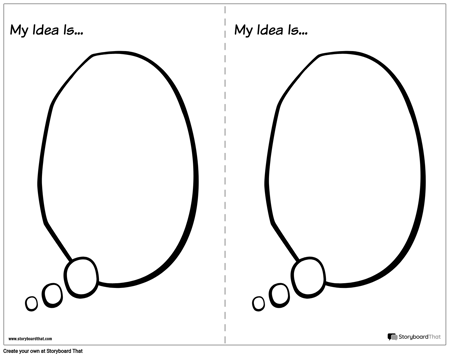

The permanent notes described above should be written in complete sentences and describe complete thoughts.

Once the notes on a specific topic have reached a critical mass, write about that topic.Use the slip box notes as a way to revisit old thoughts and make connections between old and new ideas.File the notes into a single slip box near notes about a similar subject.At the end of each day, turn these fleeting notes into permanent notes.Always read with a pen in your hand to take fleeting notes when an idea strikes you.That being said, this is a wildly simplified version of his slip box system: I suggest you read the book or do research about Luhmann if you’re interested in implementing a note-taking system of your own.
#SLIP BOX NOTES HOW TO#
In How to Take Smart Notes, Ahrens provides evidence-based detail about why the system is so effective. This incredible level of production is often credited to his note-taking system. During this time, Luhmann wrote more than 70 books and almost 400 scholarly articles about a variety of topics in sociology. Writing is a tool for learning, not the end product.Īhrens’ book provides a road map used by Niklas Luhmann to take notes and to write while performing his research as a Professor of Sociology at Bielefeld University from 1968 to 1993. After reading Sönke Ahrens’ book, How to Take Smart Notes, my view on writing is changed. In my mind, a person chose a topic at the beginning of their journey, gathered sources about their subject, performed research in that field, then wrote the paper or book that they set out to write at the beginning. I used to think of nonfiction writing as an end product of a long stretch of focused research.


 0 kommentar(er)
0 kommentar(er)
